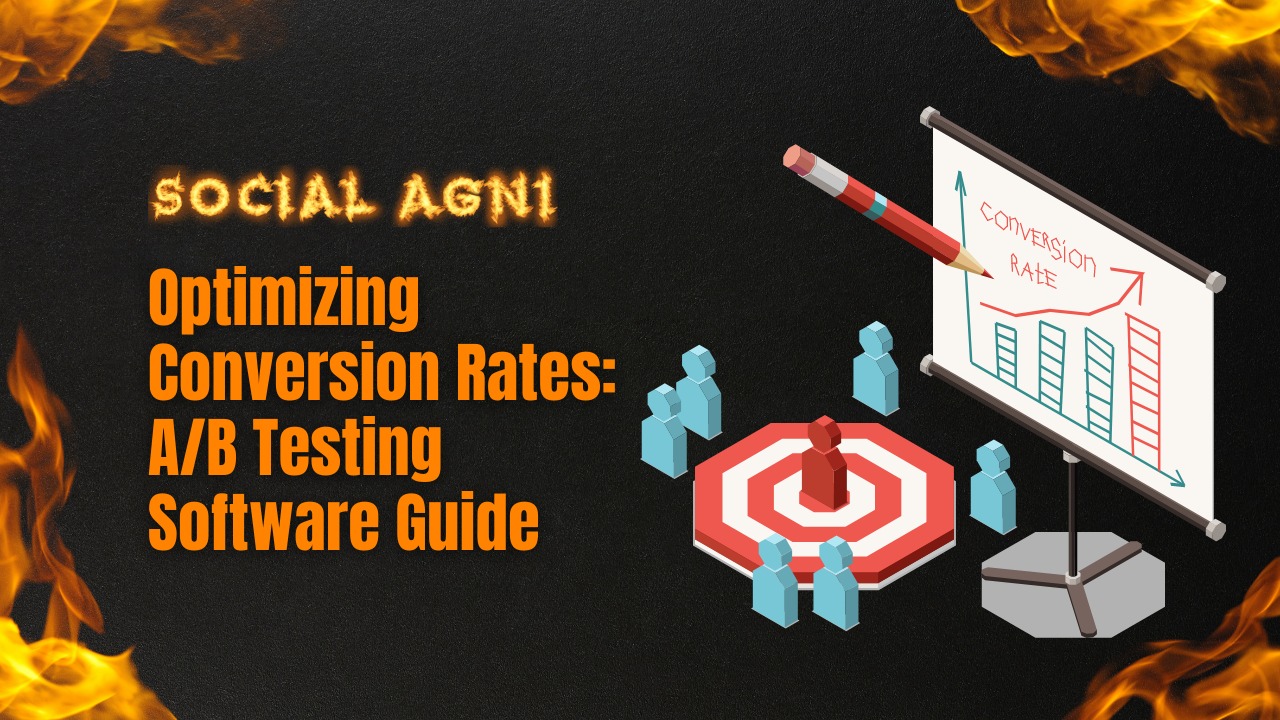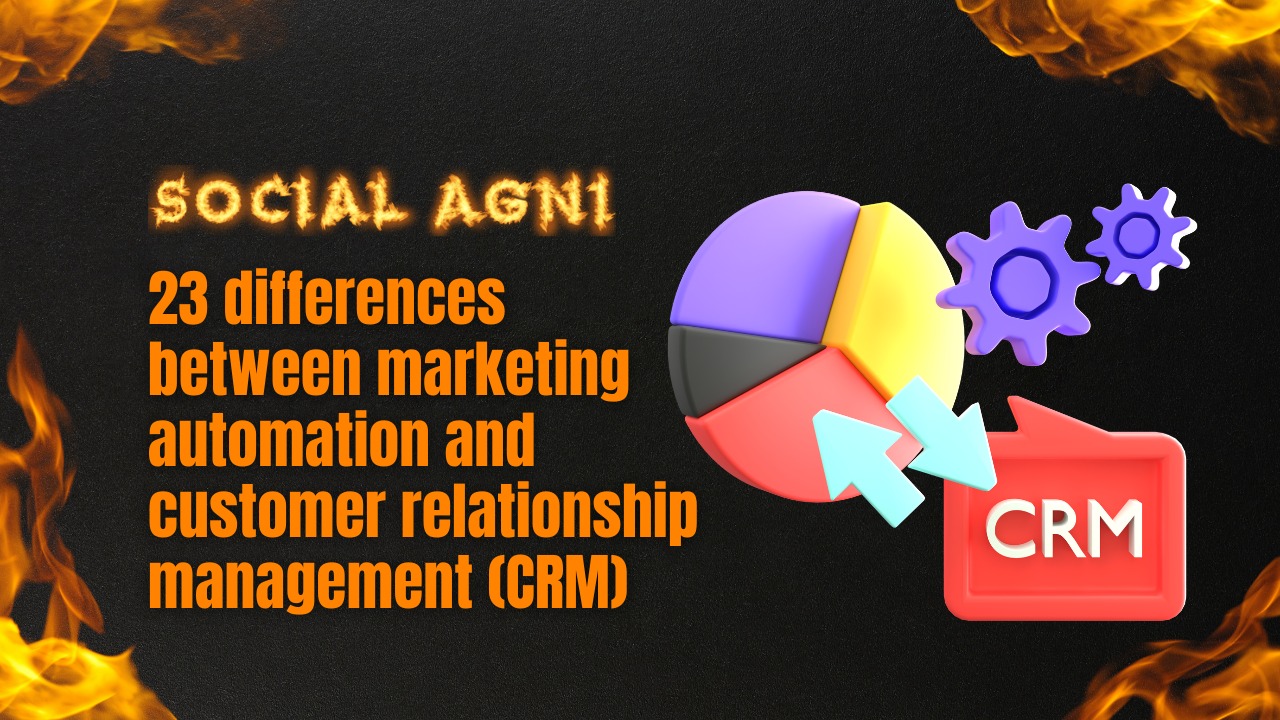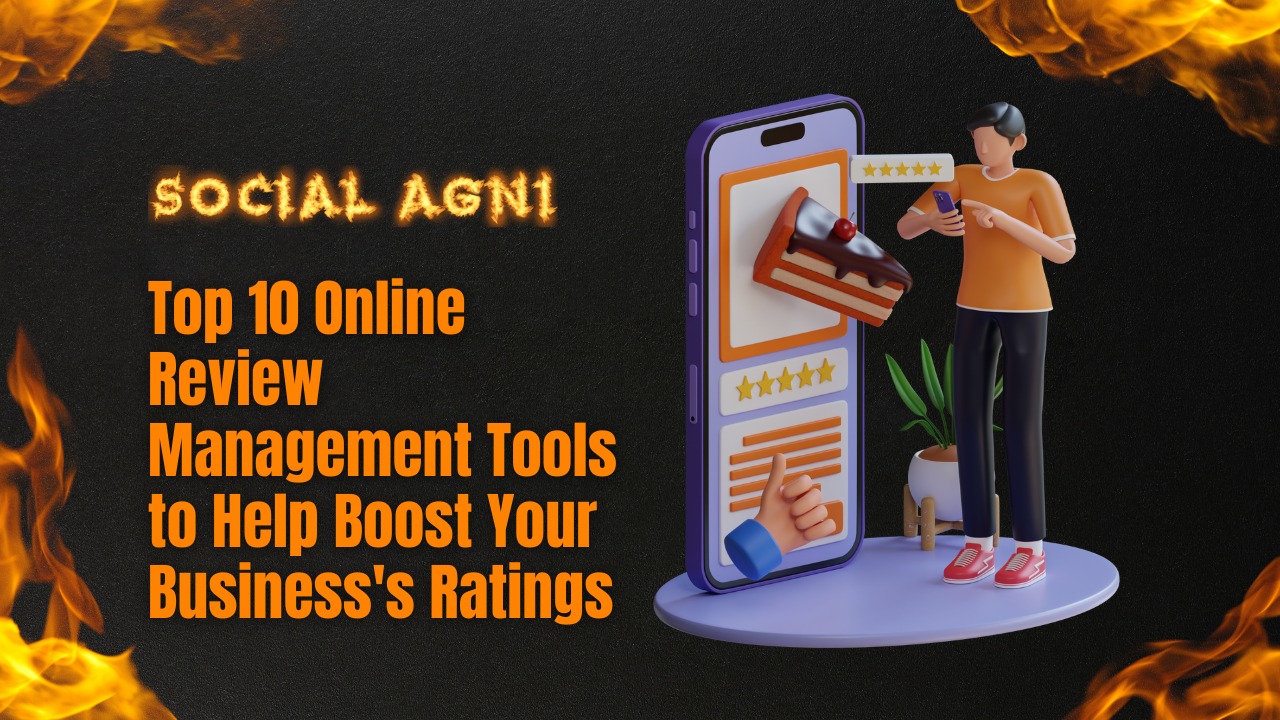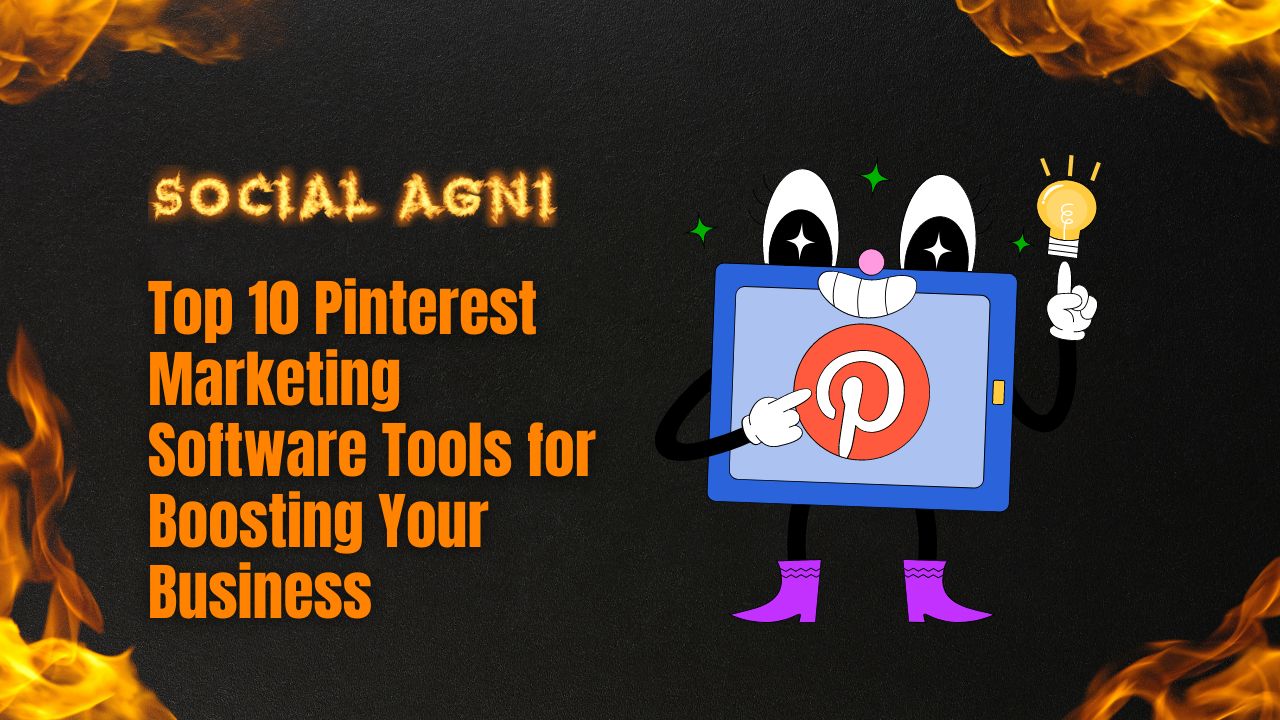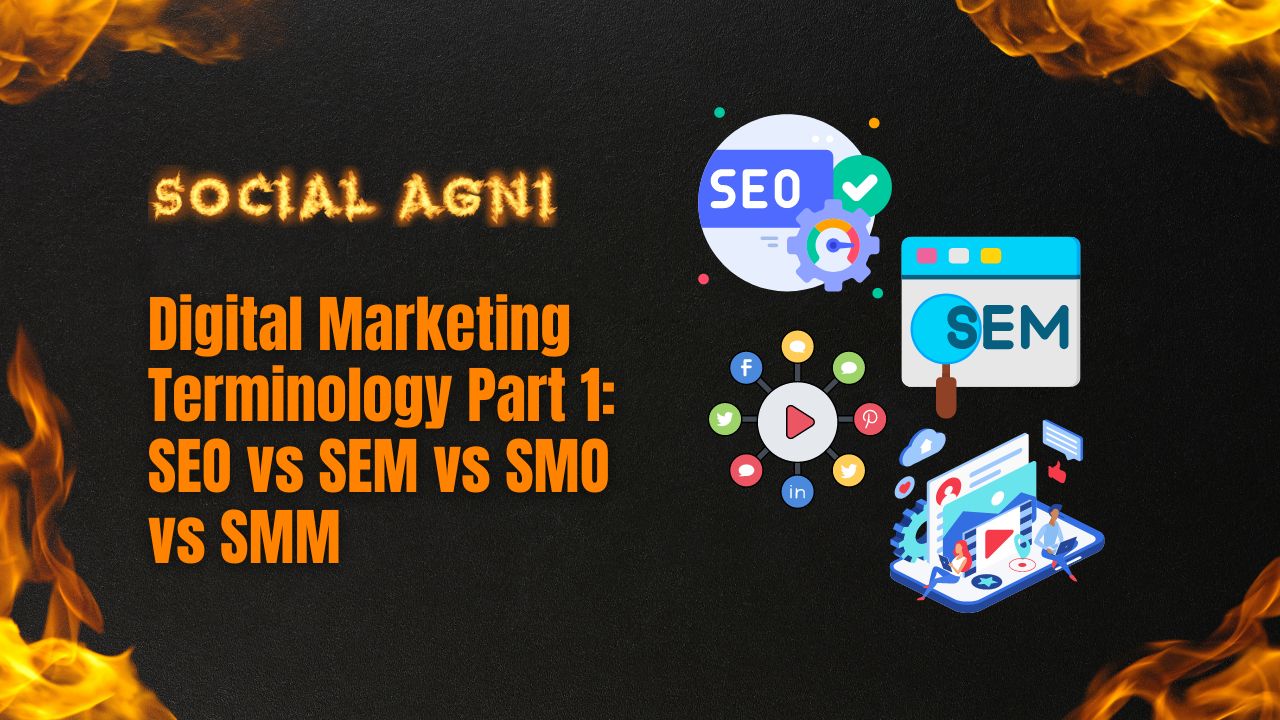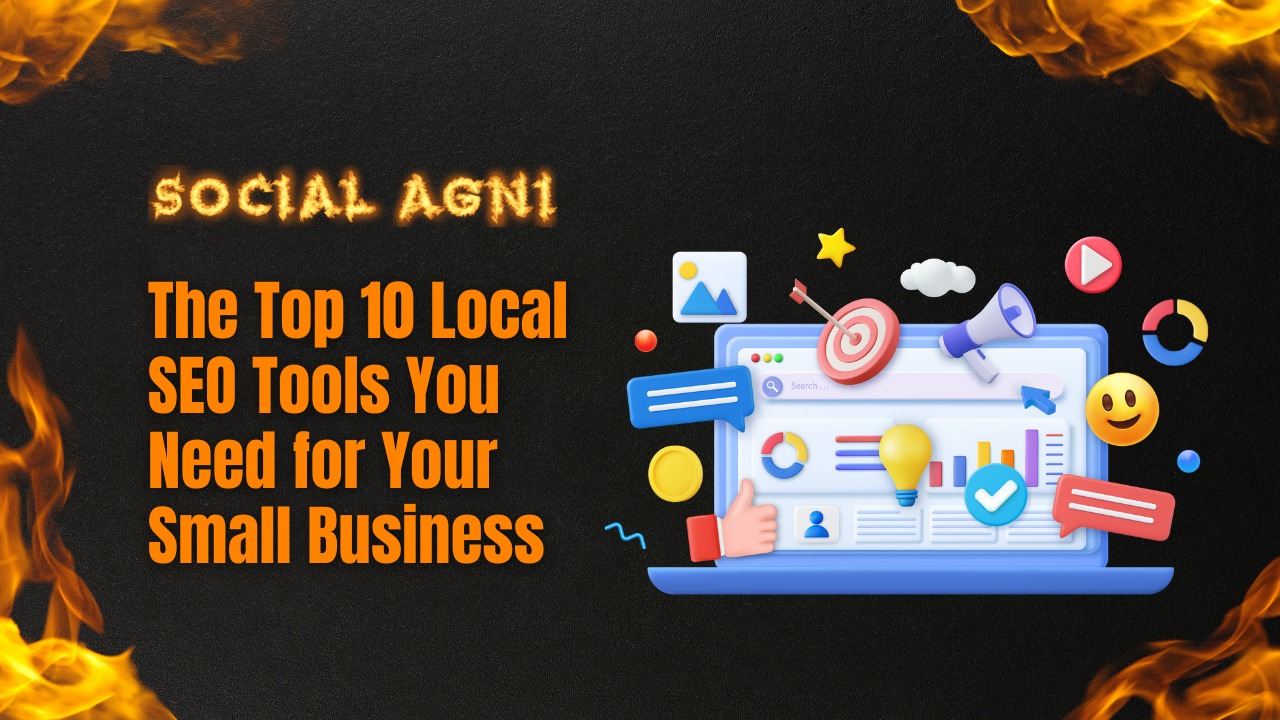Businesses strive to increase their online presence and conversion rates in today’s competitive digital market. A/B testing, a strong tool for comparing two versions of a website or app to see which performs better, is one of the best ways to achieve this aim. Businesses use software for A/B testing. A/B testing software helps firms develop, implement, and analyze A/B tests easily. It simplifies testing to find areas for improvement, maximize conversion rates, and improve website performance.
A/B testing software aids data-driven decision-making. Businesses may learn what customers want by running controlled tests and evaluating user behavior and conversion rates. Data-driven decision-making improves user experiences, engagement, and conversion rates. A/B testing software is flexible. Landing pages, call-to-action buttons, navigation menus, content positioning, and design elements can be used. Businesses may maximize conversion rates and achieve their goals by fine-tuning every aspect of their online presence.
A/B testing software simplifies testing with several capabilities. These include user-friendly interfaces, drag-and-drop flexibility, comprehensive statistical analysis, real-time reporting, and connection with other marketing tools and platforms. Such capabilities allow firms to easily run A/B testing, track performance, and receive actionable information without technical experience.
This thorough overview covers A/B testing tools. We’ll examine its features, the numerous types of software, and how to choose the ideal one for your organization. We will also discuss how to build up experiments, execute tests, assess outcomes, and make data-driven decisions. This post will teach you how to use A/B testing tools to boost conversion rates and business growth.
Understanding A/B Testing Software
A/B Testing Software
A/B testing software, often known as split testing software, lets organizations compare two or more versions of a website, mobile app, or other digital assets in controlled studies. It lets companies evaluate items’ effects on user behavior and conversion rates. The program collects clicks, conversions, and engagement metrics by randomly splitting website or app traffic between versions.
A/B testing software’s main features
Test Creation
A/B testing software lets you design and specify web page or app element variants. Test hypotheses by changing design, content, layout, or call-to-action components.
Traffic Allocation
The program equally distributes website or app users across the versions being evaluated. Randomization eliminates prejudice and ensures accuracy.
Data Collection
A/B testing software monitors clicks, conversions, bounce rates, session lengths, and other information. It details variance performance.
Statistical Analysis
The program analyzes data for significance and reliability. It shows firms whose changes boost conversion rates statistically.
Reporting
A/B testing software produces detailed experiment reports and visuals. These reports aid firms in data analysis and decision-making.
Integration
Many A/B testing software integrate with marketing and analytics systems. A/B testing data may be combined with other indicators for a comprehensive view of marketing activities.
Types of A/B Testing Software
A/B testing software comes in several types. A/B testing software is either cloud-based or self-hosted.
Cloud-Based A/B Testing Software
Users access cloud-based software via a web browser. It’s simple, scalable, and updated frequently. Cloud-based solutions offer a simple interface, easy test development, and strong reporting. They work for all firms, especially those with little technological resources.
Self-Hosted A/B Testing Software
Self-hosted A/B testing software is installed and hosted on the company’s servers. For enterprises with security or compliance needs, it offers more control and customization. Installing, maintaining, and customizing self-hosted systems requires technical skills. They’re more flexible yet cost more and require IT maintenance.
Businesses should evaluate technological capabilities, money, scalability, and data protection when choosing an A/B testing program. The business’s demands and resources must choose the software type.
Choosing the Right A/B Testing Software
A. Identifying Your Requirements
Before starting the selection process, you must determine your A/B testing needs and goals. Consider these elements
Testing Objectives
Set A/B testing goals. Do you prioritize conversion rates, user engagement, or website or app optimization?
Budget
Consider A/B testing software costs. Monthly subscriptions or enterprise-level fees vary by solution. Check your budget for features and support.
Technical Expertise
Assess your team’s technical knowledge. A/B testing software can be user-friendly or need coding or programming abilities. Select a solution that fits your team.
Scalability
Consider software scalability. Make sure your A/B testing software can manage large traffic without affecting performance.
Integration
Make sure the program works with your marketing tools. Integration simplifies testing and allows data exchange between systems.
B. Key Considerations in Selecting A/B Testing Software
Consider these aspects while choosing A/B testing software for your business
User Interface and Ease of Use
Choose intuitive software. A drag-and-drop editor, visual editing, and pre-built templates facilitate test creation. Make sure the program is intuitive and easy to use.
Integration with Marketing Tools
If you utilize analytics platforms, CRM systems, or CMS systems, make sure the A/B testing software interfaces easily with them. Integration enhances data analysis and procedures.
Statistical Analysis and Reporting Capabilities
A/B testing software should offer comprehensive statistical analysis and reporting. Find confidence intervals, p-values, and statistical significance markers. The program should also provide clear and attractive test reports. Real-time reporting aids testing and decision-making.
Pricing and Scalability
Compare software pricing to your budget. Check the cost against your expected testing volume and scalability demands. Some software has tiered pricing based on visits or testing. Check the price model for your business size and development objectives.
Customer Support and Training
Check the software vendor’s customer support and training. Look for software manuals, tutorials, and training materials. In case of troubles or queries during implementation, check customer service channels including email, live chat, and phone assistance.
Consider these parameters to find an A/B testing software that meets your company’s needs, technical ability, and budget.
Implementing A/B Testing Software
A. Setting up A/B Testing Experiments
Test Hypothesis and Goals
First, state your hypothesis and goals. Choose an element or variant to test and build a hypothesis about its influence on conversion rates or user behavior.
Determine Test Variables
Choose the web page or app variables you wish to test. Headlines, call-to-action buttons, layouts, graphics, and other elements can impact user behavior. For reliable results, focus each test on one variable.
B. Running A/B Tests
Test Creation
Use the A/B testing software’s interface to build the element’s variants. Change colors, layouts, and text with the program. Some software simplifies test creation using visual editors or drag-and-drop.
Traffic Allocation
Set the A/B testing software to split website or app traffic between the control (original) version and the variants. For fair outcomes, software should distribute traffic randomly. Randomizing the experiment reduces extraneous variables.
Launching Tests
Launch A/B tests after creating variants and allocating traffic. The program will serve several versions of the element to website or app users, recording user interactions and gathering statistics.
C. Data-Driven Decisions
Data Collection
Run the A/B test long enough to collect enough data. Traffic and statistical confidence determine duration. Converting rates, click-through rates, bounce rates, and other metrics related to your goals should be collected.
Statistical Analysis
Interpret data using A/B testing software’s statistical analysis. Find statistically significant differences between control and variation(s). To verify results, the program should offer p-values, confidence ranges, and significance levels.
Interpretation and Decision-Making
Use the data and statistical analysis to determine how the tested modifications affected conversion rates or user behavior. Consider making a statistically significant improvement in the default choice. Based on past trials, do further tests to optimize.
Following this deployment procedure, organizations may use A/B testing software to run tests, gather data, and make data-driven choices to improve conversion rates and website or app performance.
Tips for Successful A/B Testing
A/B testing can boost conversion rates, but best practices are needed to get reliable findings. A/B testing success tips
Test One Variable at a Time
Test one variable at a time to isolate its effect. Keep all other factors constant to appropriately attribute performance changes to the tested variable. Testing several variables might complicate results and make it hard to identify differences.
Collect Enough Data
Before analyzing A/B experiments, collect enough data. Insufficient data might cause misinterpretations and false positives. Traffic volume, conversion rates, and statistical significance determine the sample size for accurate results. Larger samples yield more reliable results.
Segment your audience
Segmentation can reveal how various user groups react to changes. You may adapt your tests and assess variants on specific user groups by segmenting by demographics, behavior, or other relevant variables. This improves optimization and audience understanding.
Continuously Improve
A/B testing should be iterative. Use past results to guide future trials. Don’t stop with the winning versions. To optimize, keep experimenting and refining. Continuous testing and improvement will optimize conversion rates over time.
Monitor External influences
External influences might affect test outcomes. Seasonality, marketing efforts, and external events might affect user behavior and distort findings.
Consider Long-Term Impact
A/B testing delivers useful insights into short-term conversion rate optimization. Some modifications may benefit immediately but harm long-term. To sustain growth, balance short-term advantages with user experience, customer happiness, and corporate goals.
Learn from Negative Results
Some A/B testing fails. Negative outcomes reveal audience preferences. Analyze failed tests to improve future testing tactics. Negative findings refine theories and avoid wasteful modifications.
These A/B testing strategies help boost conversion rates, user experience, and company success. A/B testing software helps companies boost conversion rates. Businesses may use A/B testing to grow and succeed by understanding the software, picking the proper tool, implementing tests well, and following best practices.
Also read The 7 SEO Audit Checklists To Make Your Website Optimal
Conclusion
Finally, A/B testing software optimizes conversion rates and website or app speed. Businesses can maximize the value of A/B testing by grasping the basics, picking the proper tool, conducting tests well, and following best practices. Choosing the proper A/B testing software requires defining requirements, financial limits, technical skills, scalability demands, and smooth connection with marketing tools and platforms. Businesses may choose a software solution that fits their aims and resources by carefully evaluating these elements.
A/B testing software comprises creating experiments, executing tests, assessing outcomes, and making data-driven choices. Testing hypotheses, variables, variations, traffic allocation, and data collection are necessary for proper statistical analysis. Businesses may enhance conversion rates by learning user behavior via a methodical implementation approach.
A/B testing demands optimal practices. To achieve meaningful and trustworthy results, test one variable at a time, acquire adequate data, consider user segmentation, continuously iterate and improve, monitor external influences, and learn from unfavorable results. Long-term conversion rate optimization requires a culture of testing and improvement.
A/B testing software allows organizations to test, evaluate, and optimize their websites and applications to improve user experiences and conversion rates. A/B testing software and best practices allow firms to make data-driven choices, enhance strategies, and develop sustainably. Businesses may optimize their online potential and remain ahead in today’s competitive digital market with A/B testing software and continual improvement.
Frequently Asked Questions (FAQS)
1. A/B testing software?
A/B testing software lets organizations compare two or more versions of a website, app, or feature to see which one improves user behavior and conversion rates.
2.How does A/B testing software work?
A/B testing software splits website or app traffic between versions, collects user interaction data, and does statistical analysis to assess significance and impact.
3. A/B testing software can test what?
To maximize conversion rates and user experiences, test headlines, call-to-action buttons, layouts, pictures, content placement, and design components.
4. A/B tests: how long?
Traffic volume and statistical confidence level determine A/B test length. Test until you have enough data for credible findings.
5. How do I pick A/B testing software?
When choosing A/B testing software that meets your company goals, consider your demands, budget, technical knowledge, scalability, and integration.
6. Can A/B testing software interface with marketing tools?
Many A/B testing software integrates with analytics platforms, CRM systems, CMS systems, and other marketing tools to simplify data analysis and decision-making.
7. A/B testing software should have what statistical measures?
Use p-values, confidence intervals, and significance levels to evaluate A/B test findings.
8. How can A/B testing software boost conversions?
A: A/B testing software helps you find the best variations, optimize user behavior, and make data-driven decisions to boost conversion rates and app performance.
9. Does A/B testing software require coding or technical skills?
Software determines. A/B testing solutions with visual editors and user-friendly interfaces allow non-technical users to generate and execute experiments without scripting. Advanced customization or self-hosted solutions may need technical capabilities.
10. Can all firms use A/B testing software?
A: A/B testing software helps all organizations maximize conversion rates, improve user experiences, and make data-driven choices.
11. Can mobile app A/B testing software be used?
A: Many A/B testing tools support mobile app testing, allowing you to optimize your mobile app to improve user experiences and conversions.
12. Can A/B testing software reveal user preferences?
A: A/B testing software compares variants to reveal user behavior and preferences. It helps you understand what your audience likes and make educated judgments.
13. A/B tests: how often?
A/B testing should improve continuously. Regularly testing your website or app’s features can improve conversion rates.
14. What if my A/B test findings are inconclusive?
If your test results reveal no significant change, the adjustments examined did not affect user behavior or conversion rates. Iterate and test novel optimization tactics to improve outcomes.
15. Can I run many A/B tests simultaneously?
Most A/B testing software allows simultaneous testing. It’s crucial to make sure the tests don’t interfere and that each gets enough traffic.
